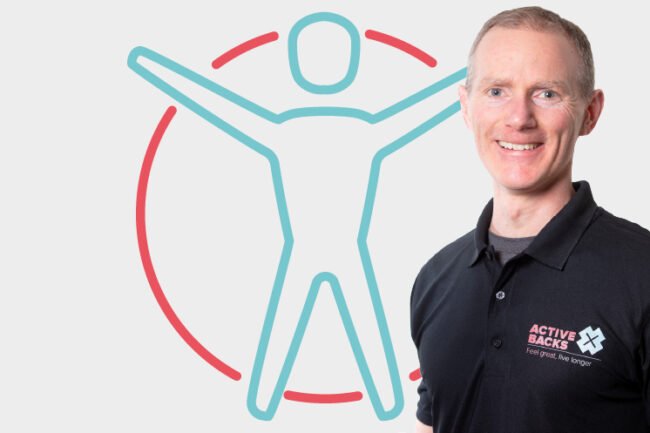Self traction for sciatica
Self traction for sciatica
This episode is entitled “Self traction for sciatica” and the tips covered are:
- Theory behind self traction
- Get an inversion table
- Self traction in the kitchen

Theory behind self traction
Self traction has been around for a very long time, since the 1950’s, 60’s and 70’s. They used to put people on traction, strap you to bed, start some heavier weights. I’m talking about lumbar spine lower back rather than neck strap, some heavy weights to your legs and pull. The theory was that pulling alleviates your sciatica and enable the disc to realign and go back to where it should be. Because it was always presumed that discs caused sciatica. Today, we’re not very sure that self traction helps with sciatica. People firmly believe that if you have a disc bulge impacting on a lumber nerve root, by tractioning the disc you allow the bulging piece to sink back to where it should be and move away from the nerve that is impinging upon. As you traction, it takes the bulge and the bulge eases back into alignment.
In most cases, if it even happens, it will only last for as long as the traction is happening. There may be a prolonged effect, but you will only know if you try. So give it a go. Self traction is free. You can do it yourself, but that’s the method of how we presume that it works. If it works at all for you, it may be that you are distracting the disc decompressing. It you’re allowing that bulging piece of disc to sink back to where it originally came from. It’s probably not going to stay there, but at least it would give you some temporary relief.
Get an inversion table
There are professionals who do this form of therapy, but if you want to give it a go yourself, there’s a couple of ways of doing it. You can buy yourself an inversion table and you can go to a number of retailers, whether that be online or in shops. It looks like a kind of piece of gym equipment. You stand in it, strap your ankles in at the bottom and using the handles on the machine you invert yourself. You tilt backwards, push your head backwards and the whole thing tilts upside down, and you hang from your ankles, and the weight of your upper body will distract the vertebrae from one another and decompress the discs.
Self traction in the kitchen
How can you do it without an inversion table? Go to the kitchen where two of the kitchen counter end meet, ideally in a right angle. Stand with your back into the corner of those kitchen units. Place your hands on the kitchen unit, slightly behind you. Right hand on the right unit, left hand on the left unit. Push down with your hands and take 50% of your weight through your hands for about five seconds. Then slowly lower back down, ease the traction back off again. It’s paused traction, not a sustained, constant traction for minutes at a time. Just on, off, on, off, nice, slow and easy.


